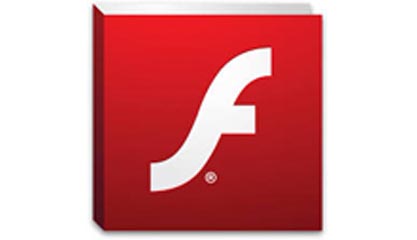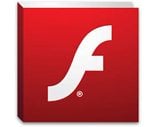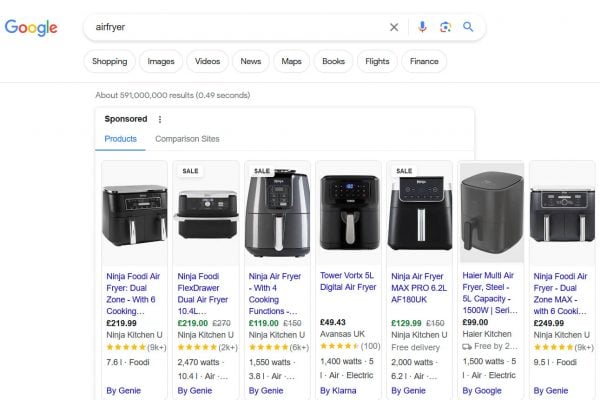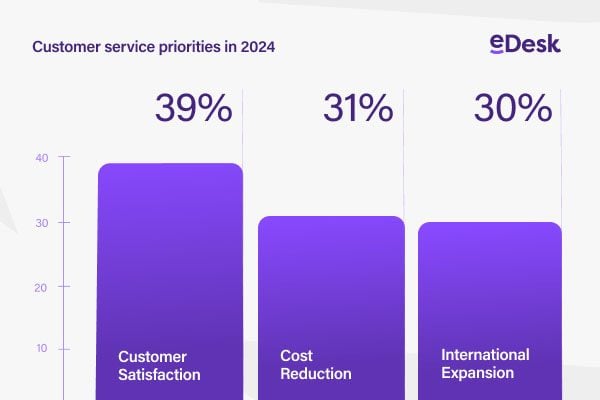 Google are to start blocking all Flash content on websites around the world in their Chrome browser towards the end of the year. Even sooner, they’ll stop defaulting to Flash and if a website has an HTML5 alternative they’ll start serving the more modern code by default.
Google are to start blocking all Flash content on websites around the world in their Chrome browser towards the end of the year. Even sooner, they’ll stop defaulting to Flash and if a website has an HTML5 alternative they’ll start serving the more modern code by default.
Google had already announced that they’ll no longer allow Flash on AdWords adverts. You won’t be able to upload new Flash adverts after the end of June this year and by the 2nd January 2017 Flash ads will no longer be served on the Google Display Network.
Google will continue to support Flash Player with Chrome, and if a site truly requires Flash, a prompt will appear at the top of the page with the option of allowing Flash to run for that site.
To reduce the initial user impact, and avoid over-prompting, Chrome will introduce this feature with a temporary whitelist of the current top Flash sites which includes Amazon.com but excludes all eBay country sites. (It won’t bother eBay as they have already announced a worldwide ban on Flash and Javascript by 2017. Amazon started to block all Flash Ads from September 2015). The whitelist will expire after one year, and throughout the year Google will remove sites whose usage no longer warrants an exception.
The full list of whitelisted sites are: YouTube.com; Facebook.com; Yahoo.com; VK.com; Live.com; Yandex.ru; OK.ru; Twitch.tv; Amazon.com; and Mail.ru.
Flash is well past it’s sell by date, it’s code one of the most prolific for security bugs and even it’s owner Adobe told developers to stop using Flash in an announcement last November.
I don’t think too many people will mourn the passing of Flash, except of course those developers who’s sites rely heavily on it. Firefox announced a default block on Flash in July last year Once Chrome starts blocking Flash other browsers are likely to follow and no one will want a new website developed which makes use of it.








